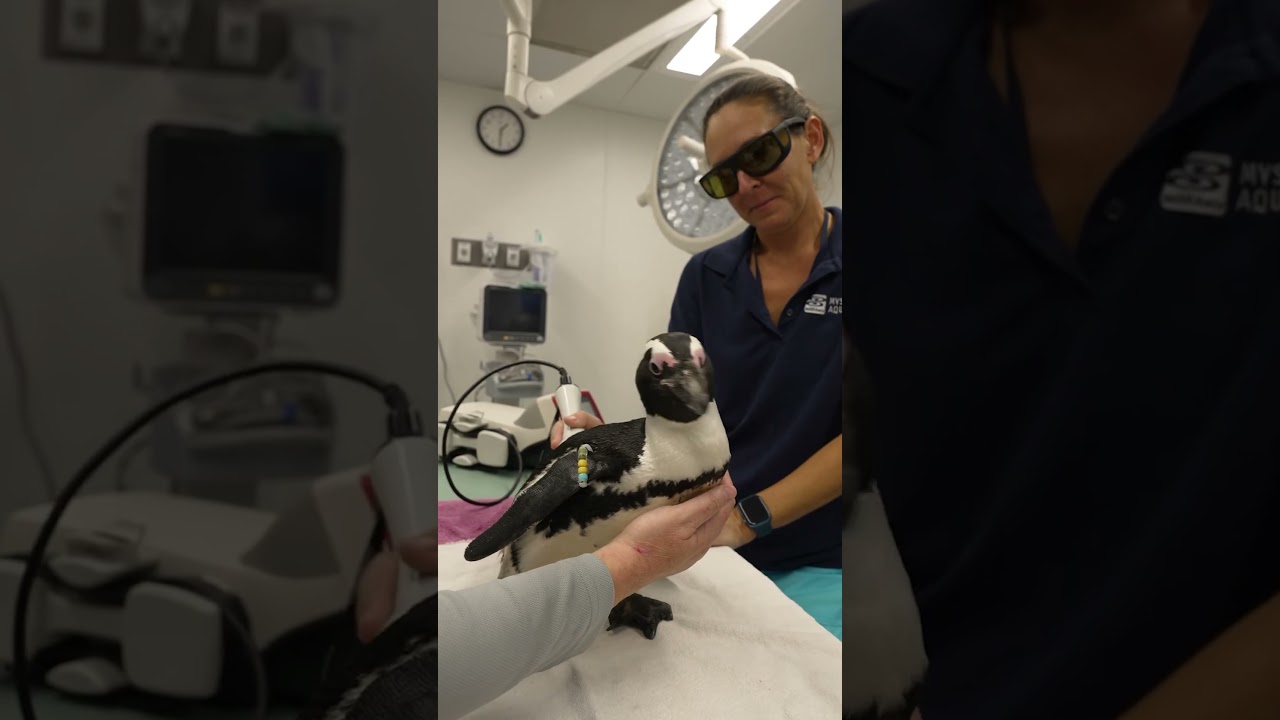Summary:
1. Introduction to African penguins and their unique characteristics.
2. The fascinating field of therapeutic laser therapy in zoos.
3. The benefits and applications of laser therapy for African penguins.
4. Success stories of African penguins benefiting from laser therapy.
5. The future of therapeutic laser therapy for African penguins and wildlife conservation.
Welcome to the captivating world of African penguins, these charming creatures that grace the shores of southern Africa. In today’s blog post, we have a unique opportunity to delve into the fascinating field of therapeutic laser therapy and its application for African penguins. Discover how this innovative technology provides a new dimension of care for these beloved birds, aiding their well-being and contributing to the conservation efforts of these precious species.
The Marvelous African Penguin:
Before we explore the therapeutic realm, let’s take a moment to celebrate the uniqueness of African penguins. These captivating creatures, commonly known as jackass penguins due to their donkey-like braying calls, are the only ones inhabiting the African continent. From their sleek black and white plumage to their distinctive pink patches above the eyes, African penguins radiate a charm that has captured the hearts of many.
Therapeutic Laser Therapy in Zoos:
Now that we’ve acquainted ourselves with the African penguins let’s delve into the captivating world of therapeutic laser therapy. This innovative treatment utilizes low-level lasers to stimulate cellular activity, promoting the natural healing process within the body. While laser therapy has long been utilized in human medicine, its application in the animal kingdom, specifically in zoos, is a relatively new frontier.
Benefits and Applications for African Penguins:
So, how does therapeutic laser therapy benefit African penguins? This non-invasive treatment has proved to be a valuable asset in managing a range of conditions in these beloved birds. From aiding in healing wounds and injuries to reducing inflammation and even relieving certain types of pain, laser therapy has showcased its potential as an essential component of comprehensive penguin care.
Success Stories:
Let’s explore some awe-inspiring success stories that highlight the positive impact of therapeutic laser therapy on African penguins. Meet Tux and Flippers, two African penguins who suffered severe foot injuries. Traditional treatments proved ineffective until the introduction of laser therapy. Within weeks, Tux and Flippers exhibited remarkable improvement, and they were soon back on their feet, shuffling happily in their penguin colony.
Inspiring Conservation Efforts:
Beyond the captivating tales of individual penguins, therapeutic laser therapy has broader implications for wildlife conservation. By providing effective and non-invasive treatments, zoos and conservation organizations can ensure the well-being of endangered species, including African penguins. This innovative approach empowers us to preserve these charismatic creatures and their ecosystems, offering hope for a brighter future.
The Road Ahead:
As therapeutic laser therapy advances, exciting possibilities emerge for African penguins and wildlife conservation. Researchers and veterinarians are exploring new ways to optimize laser treatments, tailoring them to the specific needs of different species. This ongoing development promises a future where African penguins and their counterparts can thrive and flourish under the watchful care of dedicated experts.
Join us on this magnificent journey through the captivating African penguin therapeutic laser therapy world. Today, we’ve uncovered the invaluable role of laser therapy in enhancing the lives of these charismatic birds, paving the way for advancements in wildlife conservation practices. Let us embrace the wonders at the intersection of science and nature, working together to protect and celebrate these remarkable creatures that grace the African shores.
*****
Source Description


